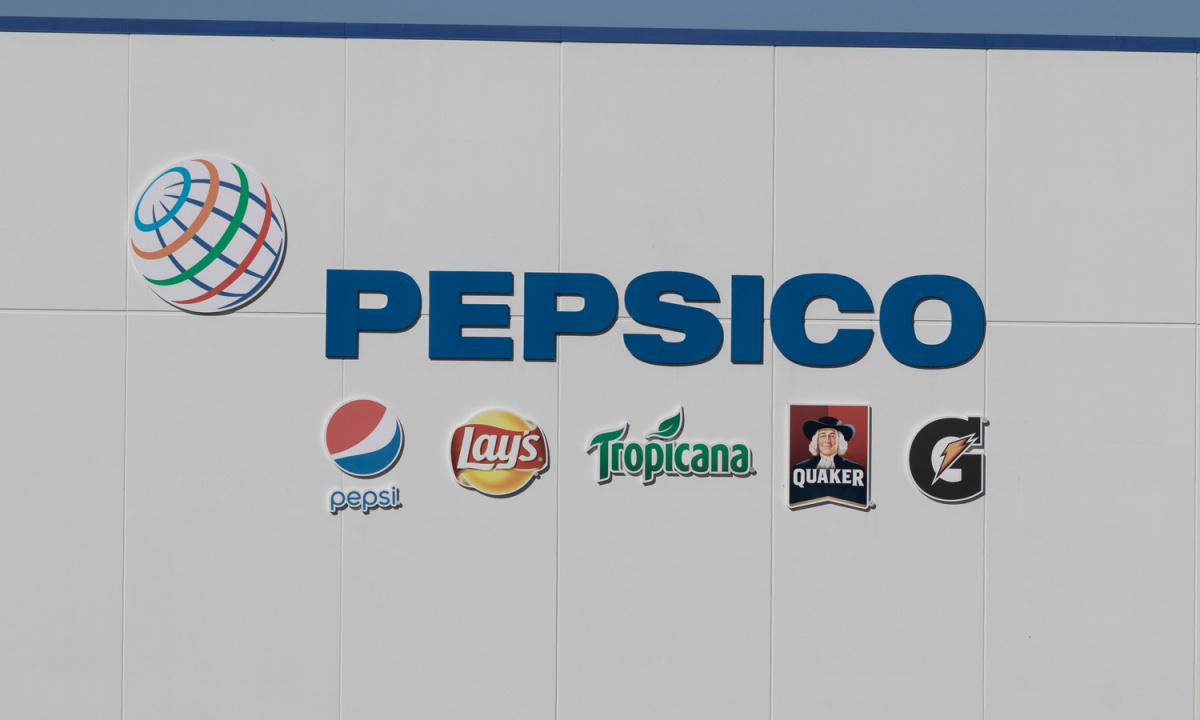PepsiCo to Invest $175 Million in Instacart as Food Brands Digitize

As online grocery grows, brands, retailers and third-party platforms alike are looking to grow their share in the category, and with PepsiCo’s major investment in Instacart, the food and beverage giant is looking toward its digital future.
As grocery technology giant Instacart disclosed in its Form S-1 filed Friday (Aug. 25) with the Securities and Exchange Commission (SEC) for a proposed initial public offering (IPO), PepsiCo has agreed to purchase $175 million of the company’s Series A preferred convertible stock.
The news comes as food companies increasingly look to have a hand in their brands’ performance on digital channels. PepsiCo CEO Ramon Laguarta shared on the company’s most recent earnings call that he attributes its products’ comparatively strong performance recently to “being a more intelligent company in a broader sense, having better data, having better digitalization and execution capabilities.”
Other food brands too have been making investments in digital, but PepsiCo has been especially proactive in the space, not only investing in the future of online grocery but also having a hand in the creation of virtual restaurants in an effort to drive beverage and snack sales on restaurant aggregators.
Instacart, however, is a surprising choice for the company, given that unlike other online platforms, the grocery aggregator showcases retailers far more than it showcases brands, though brands can boost their products with sponsored listings and ads.
“Unlike Amazon, Instacart isn’t a marketplace,” PYMNTS’ Karen Webster notes in a recent feature. “It doesn’t aggregate and sell individual products outside of the branded store experiences on its platform. … It doesn’t show users a choice between Wegman’s and Costco’s rotisserie chicken offers. … Its incentives are aligned to make grocery stores successful by giving them a better way to compete more effectively in the digital world.”
Across major food companies, many key players have been looking to boost their digital performance.
“We continue to invest in digital commerce and revenue growth management tools and capabilities to support our brands while strengthening our partnerships with leading customers,” Mondelēz International CEO Dirk Van de Put told investors during a presentation last month.
Similarly, General Mills and Nestle also spoke on their most recent earnings calls to digital investments.
Overall, more consumers are purchasing groceries online. According to data from “Tracking the Digital Payments Takeover: Catching the Coming eCommerce Wave,” created in collaboration with Amazon Web Services (AWS), which drew from an April survey of nearly 2,700 U.S. consumers, about 1 in 3 shoppers said they are very or extremely likely to increase their online grocery purchases in the next year. That said, the same study found that only 12% of all grocery transactions currently occur via digital channels.
Around the world, eGrocery is growing, but that growth is slow. Research from PYMNTS’ May report, “How the World Does Digital: Daily Digital Engagement Hits New Heights,” which draws from a survey of more than 17,500 consumers in 11 markets that account for 50% of the world’s GDP, noted that digital engagement in grocery grew 1.7% in the first quarter of the year.

